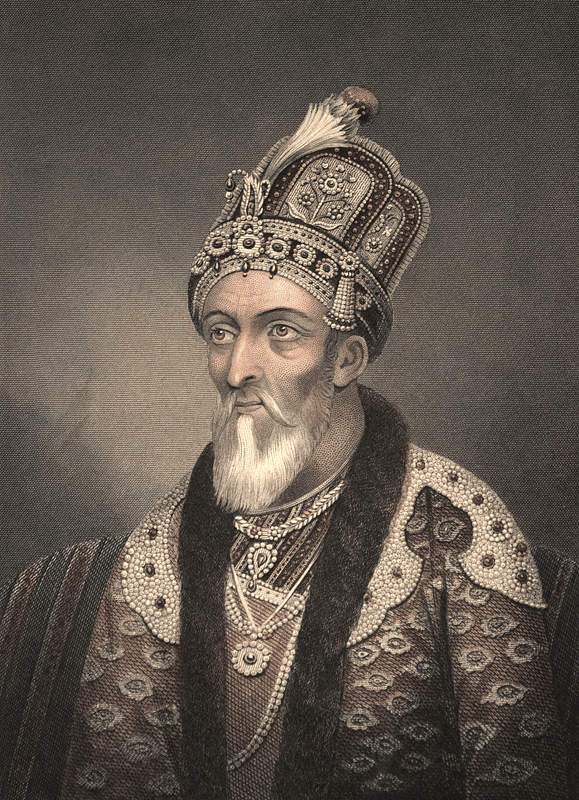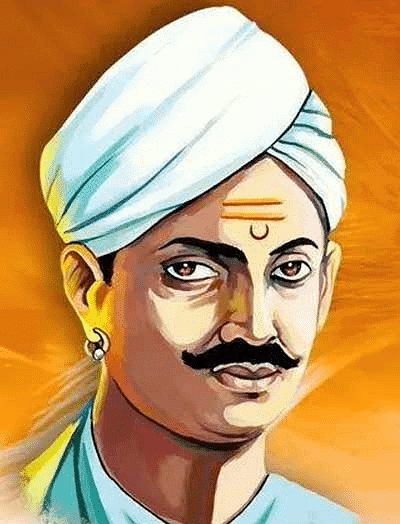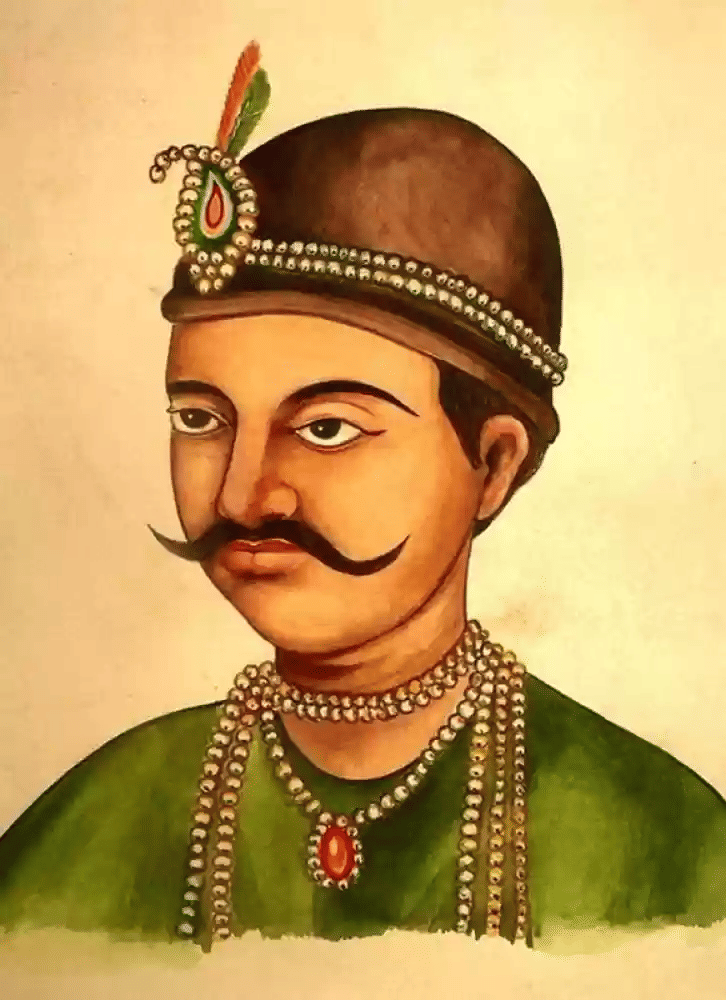Class 8 Exam > Class 8 Notes > Social Studies (SST) Class 8 > NCERT Summary: When People Revolt 1857 & After
When People Rebel 1857 & After Summary Class 8 NCERT Summary Chapter 1
| Table of contents |

|
| Policies and the People |

|
| Through the Eyes of the People |

|
| The Company Fights Back |

|
| Important changes introduced by the British after 1858: |

|
Policies and the People
Nawabs lose their power
- Since the mid-eighteenth century, nawabs and rajas gradually lost their authority and honour.
- Residents had been stationed in many courts, the freedom of the rulers reduced, their armed forces disbanded, and their revenues and territories taken away by stages.
- Many ruling families tried to negotiate with the Company to protect their interests however the Company, confident of its superiority and military powers, turned down these pleas.
- In 1801, a subsidiary alliance was imposed on Awadh, and in 1856 it was taken over in the name of British rule was needed to ensure proper administration.
- In 1856, Governor-General Canning decided that Bahadur Shah Zafar would be the last Mughal king.
 Bahadur Shah Zafar
Bahadur Shah Zafar
The peasants and the sepoys
- In the countryside, peasants and zamindars annoyed with the high taxes and the rigid methods of revenue collection.
- Many peassants failed to pay back their loans to the moneylenders and gradually lost the lands they had tilled for generations.
- The Indian sepoys were unhappy about their pay, allowances and conditions of service.
- Also, some new rules violated their religious sensibilities and beliefs such as crossing the sea results in losing their religion and caste.
- Sepoys also reacted to what was happening in the countryside.
- So the anger of the peasants quickly spread among the sepoys.
Responses to reforms
- The British passed laws to stop the practice of sati and to encourage the remarriage of widows.
- English-language education was promoted.
- The Company allowed Christian missionaries to function freely and even own land and property.
- In 1850, a new law was passed to make conversion to Christianity easier and allowed an Indian who had converted to Christianity to inherit the property of his ancestors.
Through the Eyes of the People
A Mutiny Becomes a Popular RebellionA massive rebellion that started in May 1857 and threatened the Company’s presence in India.- Sepoys mutinied in several places beginning from Meerut
- A large number of people from different sections of society rose up in rebellion.
From Meerut to Delhi
- On 29 March 1857, a young soldier, Mangal Pandey, was hanged to death for attacking his officers in Barrackpore.
- Some days later, some sepoys of the regiment at Meerut refused to do the army drill using the new cartridges, which were suspected of being coated with the fat of cows and pigs.
- On 9 May 1857, Eighty-five sepoys were dismissed from service and sentenced to ten years in jail for disobeying their officers.
- On 10 May, the soldiers marched to the jail in Meerut and released the imprisoned sepoys.
- They attacked and killed British officers, captured guns and ammunition and set fire to the buildings and properties of the British and declared war on the foreigners.
- On the morning of 11 May, sepoys of Meerut reached Delhi and the regiments stationed in Delhi also rose up in rebellion.
- The soldiers forced their way into the Red Fort and proclaimed Bahadur Shah Zafar as their leader.
- The ageing emperor accepted the demand and wrote letters to all the chiefs and rulers of the country to come forward and organise a confederacy of Indian states to fight the British.
 Mangal Pandey
Mangal Pandey
The rebellion spreads
- After a week, regiment after regiment mutinied and took off to join other troops at nodal points like Delhi, Kanpur and Lucknow.
- After them, the people of the towns and villages also rose up in rebellion and rallied around local leaders, zamindars and chiefs.
- Many famous leaders lead troops at different places:
- Nana Saheb in Kanpur
- Birjis Qadr in Lucknow
- Rani Lakshmibai Jhansi
- Kunwar Singh in Bihar
- Bakht Khan in Bareilly
- The British were greatly outnumbered by the rebel forces and were defeated in a number of battles.
The Company Fights Back
- The company brought reinforcements from England, passed new laws so that the rebels could be convicted with ease, and then moved into the storm centres of the revolt.
- In September 1857, Delhi was recaptured from the rebel forces.
- Bahadur Shah Zafar was tried in court and sentenced to life imprisonment alongwith his wife Begum Zinat Mahal in Rangoon in October 1858.
- Bahadur Shah Zafar died in the Rangoon jail in November 1862.
- Lucknow was taken in March 1858.
- Rani Lakshmibai was defeated and killed in June 1858.
- Tatya Tope was captured, tried and killed in April 1859.
- The British also tried their best to win back the loyalty of the people.
- They announced rewards for loyal landholders would be allowed to continue to enjoy traditional rights over their lands.
- Hundreds of sepoys, rebels, nawabs and rajas were tried and hanged.
 Tatya Tope
Tatya Tope
Important changes introduced by the British after 1858:
- The British Parliament passed a new Act in 1858 and transferred the powers of the East India Company to the British Crown.
- A member of the British Cabinet was appointed Secretary of State for India and made responsible for all matters related to the governance of India.
- All ruling chiefs of the country were assured that their territory would never be annexed in future.
- They were allowed to pass on their kingdoms to their heirs, including adopted sons.
- The Indian rulers were to hold their kingdoms as subordinates of the British Crown.
- The proportion of Indian soldiers in the army would be reduced and the number of European soldiers would be increased.
- The land and property of Muslims was confiscated on a large scale and they were treated with suspicion and hostility.
- The British decided to respect the customary religious and social practices of the people in India.
- Policies were made to protect landlords and zamindars and give them security of rights over their lands.
The document When People Rebel 1857 & After Summary Class 8 NCERT Summary Chapter 1 is a part of the Class 8 Course Social Studies (SST) Class 8.
All you need of Class 8 at this link: Class 8
|
69 videos|431 docs|46 tests
|
FAQs on When People Rebel 1857 & After Summary Class 8 NCERT Summary Chapter 1
| 1. What were some of the important changes introduced by the British after 1858? |  |
Ans. After 1858, the British introduced policies such as the Doctrine of Lapse, the policy of subsidiary alliance, and the introduction of a new system of administration known as the Crown rule.
| 2. How did the Company fight back against the rebellion of 1857? |  |
Ans. The Company fought back against the rebellion of 1857 by deploying troops, calling for reinforcements, and adopting ruthless measures to suppress the uprising.
| 3. How did the people view the policies introduced by the British after 1858? |  |
Ans. The people viewed the policies introduced by the British after 1858 through the lens of their own experiences and grievances, leading to further discontent and resistance.
| 4. What was the aftermath of the rebellion of 1857 in Meerut and Delhi? |  |
Ans. The aftermath of the rebellion of 1857 in Meerut and Delhi saw a crackdown by the British authorities, widespread violence, and the imposition of harsh punishments on those involved in the uprising.
| 5. How did the policies introduced by the British after 1858 impact the lives of the people? |  |
Ans. The policies introduced by the British after 1858 had a significant impact on the lives of the people, leading to further discontent, resistance, and ultimately shaping the course of Indian history.
Related Searches





















